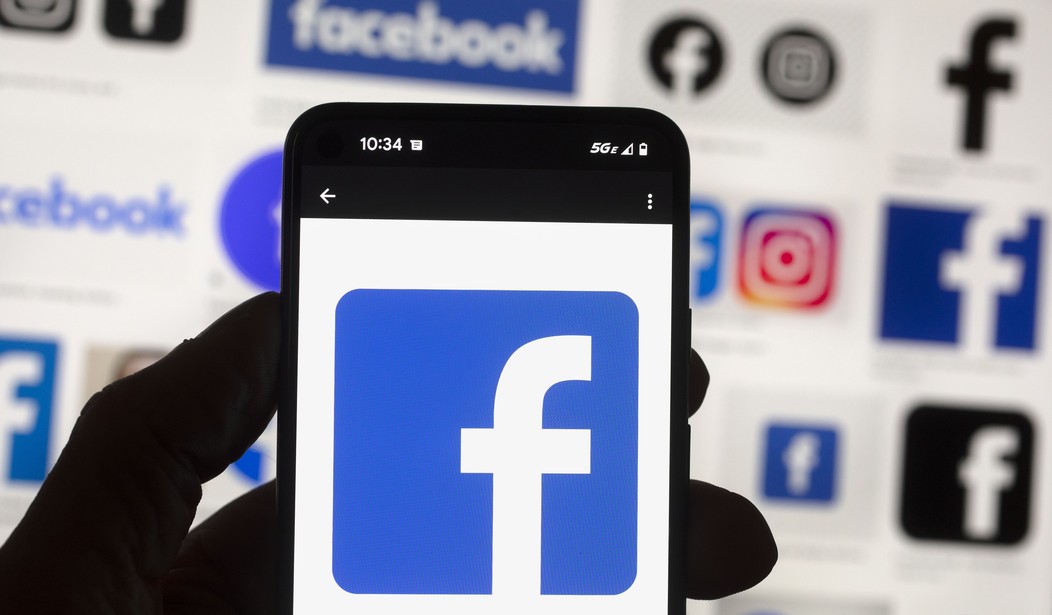In an age when “influencers” can make oodles of cash simply by posting pictures of their lunch and kittens, it is not surprising that hate groups have jumped on the monetization bandwagon, using social media to fill their coffers. Indeed, some of these groups have reportedly become quite adept at using digital marketing to fund their hateful causes.
The mechanics around how bigoted groups can use social media to spread their messages of racism and antisemitism are quite fascinating, in a morbid and disturbing way.
Their methods reveal how social media and other online avenues can help these groups rake in the dough while also recruiting new members.
For much of the past two years, a small group of white supremacists have targeted metro Atlanta suburbs with flyers bearing outrageous and misleading attacks on Jews.
But recently the extremist activists behind the distributions have broadened their attacks, presenting new challenges for local elected leaders on how to address vexing hate speech that feeds off of the attention its generates.
The most recent example came Saturday night in Cobb County when motorists were confronted with antisemitic slogans laser-projected onto an overpass at I-75 South in Kennesaw. A video taken by a motorist that was later posted on X, formerly Twitter, read, “THIS LAND IS OUR LAND!!! HEIL HITLER AND THE GDL.”
For starters, hate groups are making use of livestreams to appeal to their audiences. Members of the Goyim Defense League (GDL), a group that publishes anti-Jewish content, livestream its demonstrations in front of Jewish synagogues and other public spaces. While engaging in their hateful displays, they encourage their viewers to type in encouraging messages in their chat rooms. The more disgusting and shocking their acts are, the more the virtual tip jar fills up.
Some of these groups have made considerable sums of money by engaging in these antics. Through direct online donations, channeled through crowdfunding sites and custom-built platforms that bypass mainstream payment processing services that typically block them, they can provide a way for their followers to donate to their causes.
Indeed, the Anti-Defamation League (ADL) noted that the GDL accumulated at least $85,000 on one of its donation platforms in 2023. In essence, those donating to these organizations are subscribing to a service that provides them with an endless stream of hateful material, complete with “premium” content.
But it goes even further than that.
Hate groups have also taken to raising money by selling hateful swag in their eCommerce stores. One can purchase their merchandise during one of their livestreams. The products range from t-shirts to bumper stickers displaying their hateful messages.
This raises an important question: How is it that these groups have been so successful at leveraging digital media to fund their operations and recruit more members?
The answer is multifaceted, but from where I sit, the largest culprit is elite media outlets – especially those that lean to the left. The press has been instrumental in fomenting and inciting racial tensions. Over the past decade, members of the left-wing chattering class have used their platforms to demonize white Americans, casting them as vile oppressors while simultaneously portraying racial minorities as helpless peons who are unable to achieve success unless the government steps in and helps them.
In so doing, the media has pitted white and nonwhite Americans against one another, spotlighting stories and pushing narratives intended to divide rather than unite. This has done much to foment resentment between Americans of various ethnicities, which has caused many to become even more extreme in their views.
It’s Marketing 101: Create a need, then fulfill it. Leftist media and politicians plant the seeds and then water them. Then, hate groups come in to reap as much of the harvest as they can.
What we have here is a robust business model that bears many similarities to mainstream digital influencers. Groups like the GDL are using a monetization pipeline that feeds on clout, clicks, and cash. Even further, each like, reshare, and donation provides a form of social proof, which only legitimizes these groups and prompts more users to buy into their message and content. It’s a well-oiled business model built on the hate industry.
While it is not possible, or desirable, to use the government to tamp down on this trend, it could present a societal challenge if it continues to grow. With the state of “race relations” in the country, these groups could easily win more converts, which could possibly lead to more race-related violence. With a nation that is already divided along racial and political lines, it is not difficult to see how bad actors could exploit tensions to further their agendas.
On the positive side, the vast majority of regular everyday folks are not necessarily buying into all the vitriol seen on the airwaves and interwebs. Hopefully, it stays that way.














